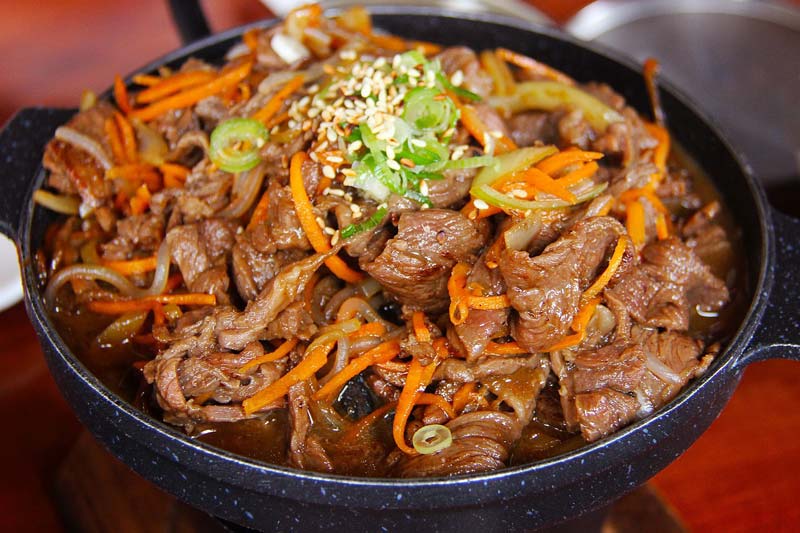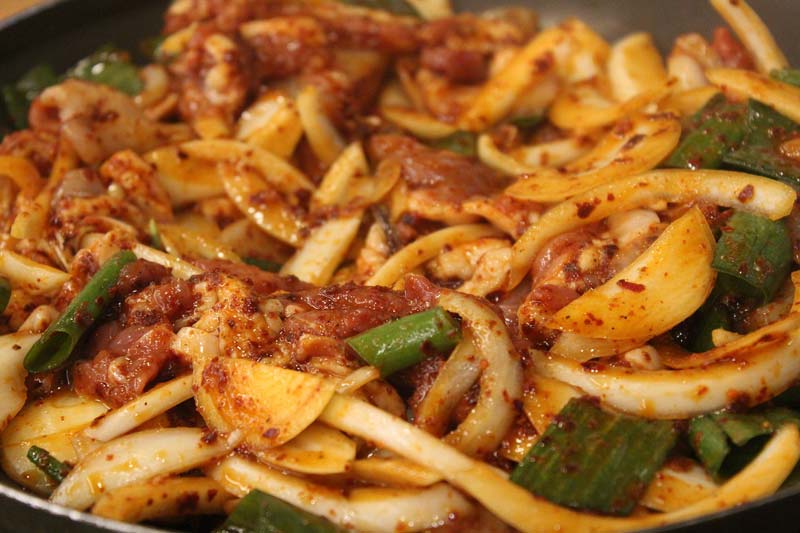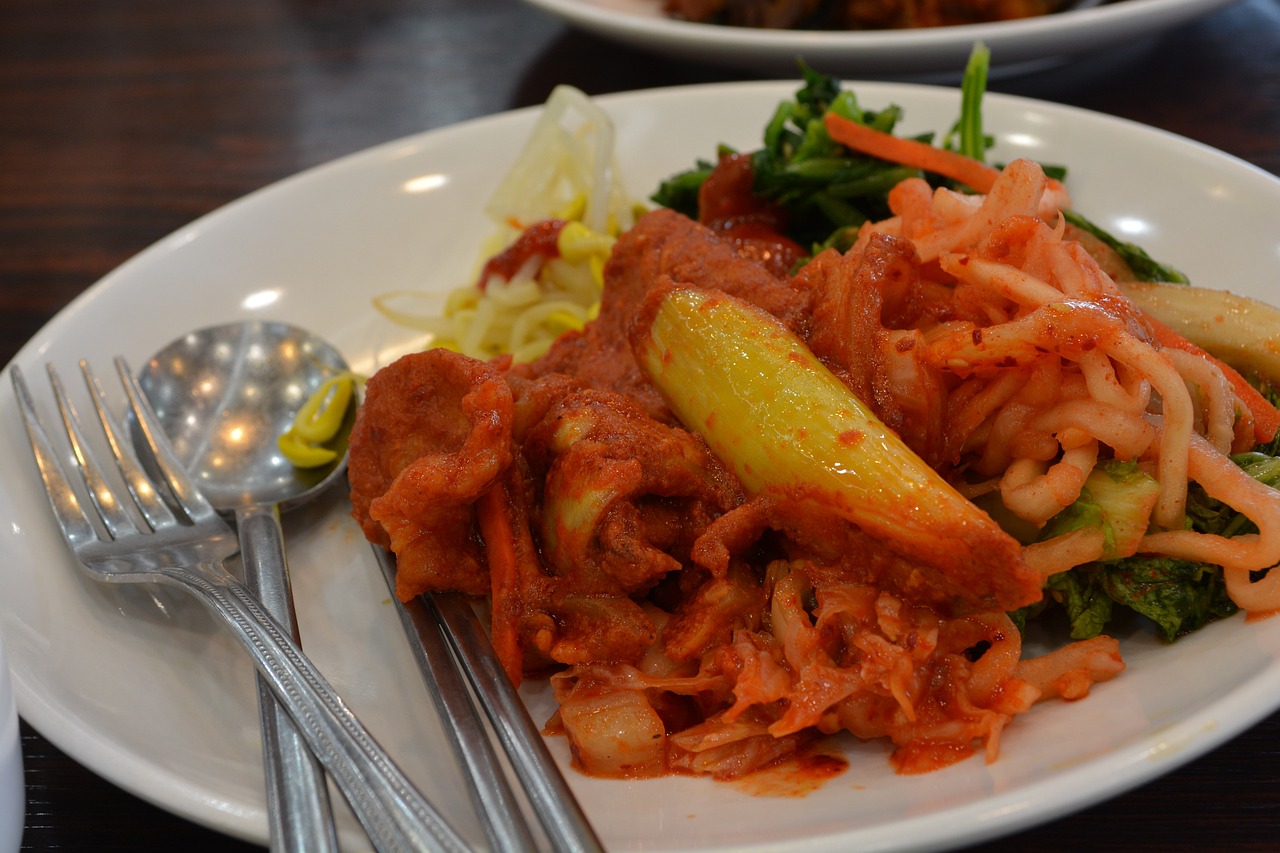Kimchi is a fermented health food with unique flavor, which has been recognized as an excellent side dish in respect of nutrition and physiology thanks to its main ingredient (vegetable) and fermentation.
Nutritious components of kimchi
|
*Source: Korea Food Research Institute
Nutritious components of kimchi
Kimchi is a food in which various vegetables such as salted cabbage, radish and cucumber are mixed with pickled fish, condiments and spices. By taking kimchi, we can absorb diverse inorganic elements such as calcium, copper, phosphorus, iron and salt as well as rich dietary fibers that are hidden in the vegetable. We can also obtain amino acid and calcium from pickled fish. In addition, we can absorb vitamins such as carotene, vitamin B complex and vitamin C which are either contained in the vegetables or created by microbes during fermentation. Kimchi is a low calorie food retaining very little sugar and fat, so it will be particularly helpful to the people of today who are eager to keep fit.
Lactic acid fermenting food
Kimchi is a natural and fermented food, producing lactic acid in the fermentation process. It is rich in live lactic acid bacteria. From matured kimchi we can absorb 10~100 times more lactic acid bacteria than from milk fermentation products. Various organic acids which have been generated from these lactic acid bacteria facilitate metabolism of inorganic contents such as calcium and iron inside human body.
Physiologic function
Kimchi possesses many physiologic functions beneficial to human body, thanks to its ingredient (vegetable) and fermentation. Elements contained in kimchi such as dietary fiber, vitamin C and carotene as well as special substances in hot pepper and garlic prevent growing of carcinogen and mutagen, while suppressing mutagenicity. In particular, dietary fibers which are abundant in vegetable not only prevent constipation but also help improve intestinal microflora. Also, lactic acid bacteria restrain growing of harmful microbes within the intestines, thereby contributing to improved intestinal microflora. Some cellular elements of the lactic acid bacteria are presumed to have anti-cancer and immunity buildup effect. Kimchi’s unique flavor comes from its nutritious components as well as from capsaicin that is hot taste element contained in red pepper, which does the function of stimulating appetite.
(korfood/korfood1_2.jsp)





